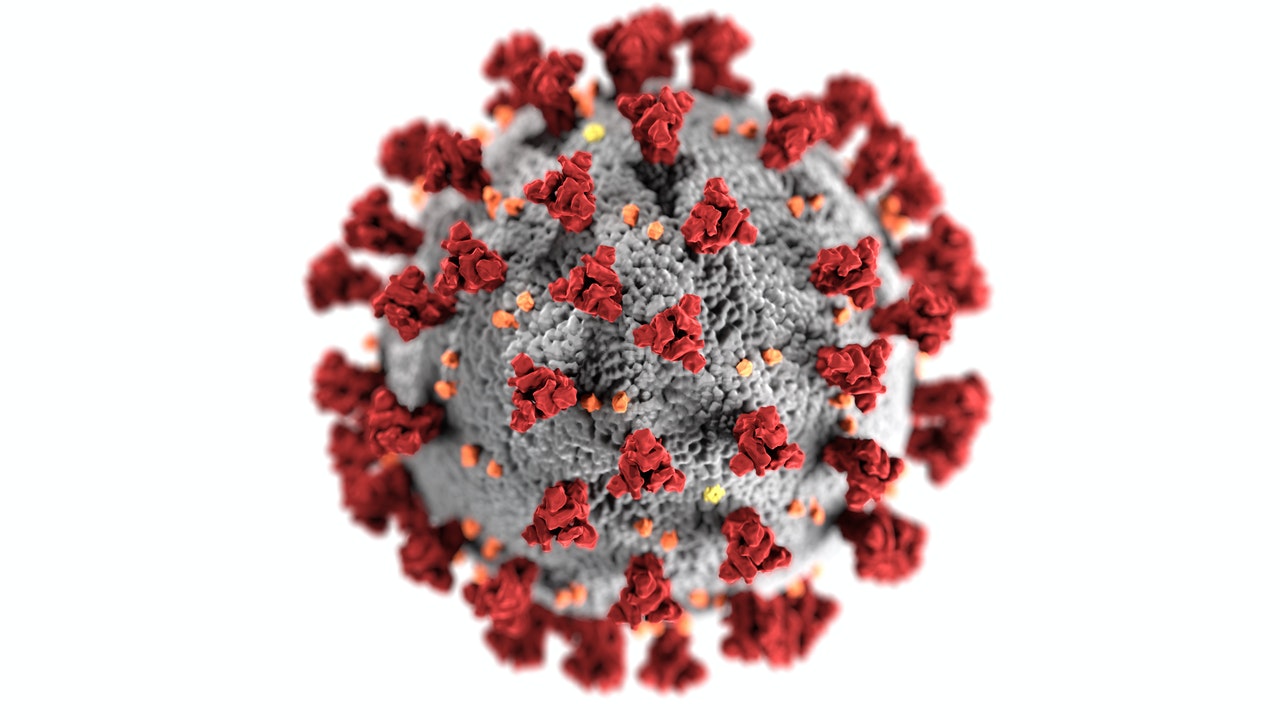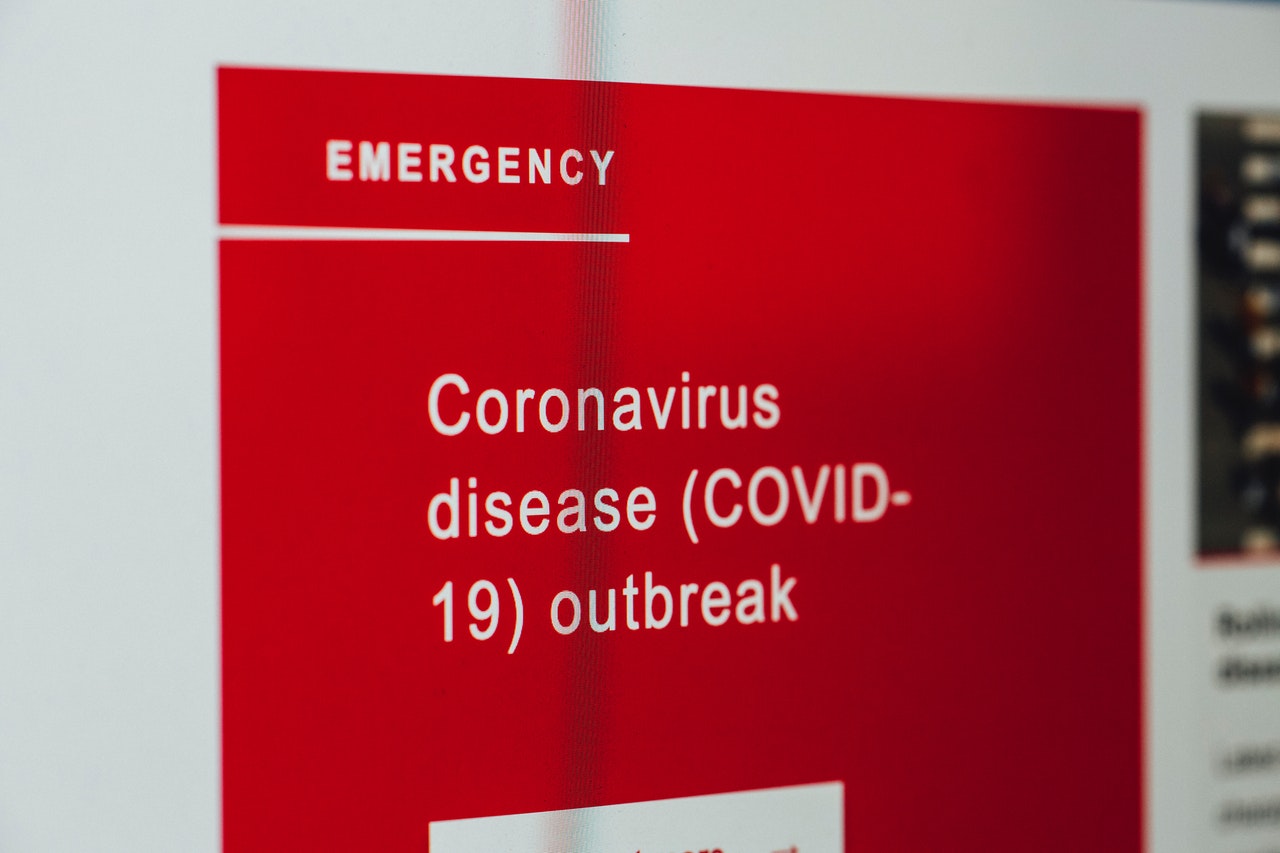Reading Time: 2 minutes
- There are two parts to an epidemic: virus and the disease, e.g., HIV is a virus, while the disease it causes is AIDS.
- Viruses have been classified by scientists into 7 broad categories, defined by Roman numerals i.e. I, II, III, IV, V, VI, VII.
- Under each classification, there are different kinds of viruses, e.g., Classification I has Variola virus, Varicella Zoster and Herpes Simplex that cause smallpox disease, chickenpox disease and herpes disease respectively.
- Similarly, Classification IV has Rhinovirus (common cold), Poliovirus (polio) & Coronavirus (severe acute respiratory syndrome).
- These viruses come under these classifications because of some technical similarities (virus structure, genome structure, biology etc.).
- When a new virus is discovered, scientists – based on its technical information – put it under one of the seven classifications & submit a few name options to International Committee on Taxonomy of Viruses (ICTV), which then picks one name.
- Name options can be inspired by different things: Rhinovirus comes from the Greek word ‘nose’, which is also how rhinoceros got its name; Coronavirus got its name because under the microscope the virus seems surrounded by a crown (corona).
- Classification and naming help scientists working on diagnostic tests, vaccines and medicine to think in a particular direction.
- ICTV named the virus causing COVID-19 as “severe acute respiratory syndrome coronavirus 2 (SARS-CoV-2)” because the virus is genetically related to the coronavirus responsible for the SARS outbreak of 2003 (while related, the two viruses are different).
- Diseases are named by World Health Organization (WHO) using International Classification of Diseases (ICD).
- Until 2015, viruses were usually named after the location, e.g. Spanish flu (Spain), Ebola (river Ebola in Yambuku (Congo) where the virus first surfaced) or the source, e.g. swine flue (pigs), bird flu (birds) etc., but this negatively affected the place, communities or animals.
- So, WHO, in 2015, “called on authorities and the media to follow best naming practices to minimise unnecessary negative effects on nations, economies and people”.
- These best practices stated that a disease name should consist of (A) generic descriptive symptom-based terms (e.g. respiratory, immunodeficiency), (B) when possible, specific descriptive terms on who it affects, its severity or seasonality (e.g. acute, severe, winter) & (C) when possible, name of the pathogen (e.g. coronavirus, influenza virus).
- However, these are best practices and not always implementable; COVID-19, for example, as per the best practices should have been called Severe Acute Respiratory Syndrome Coronavirus – a name that has been given to the virus.
- But the name was not chosen because WHO believed it could have created panic, especially in Asia where people were badly affected by SARS in 2003.
- Similarly, sometimes in the interest of time (so that the damage is not done because of delay in naming), a name may be adopted that doesn’t strictly fit the best practices (as long as the name is unique, short and not offensive).
Image courtesy of Miguel Á. Padriñán | Pexels
Reference shelf :
























